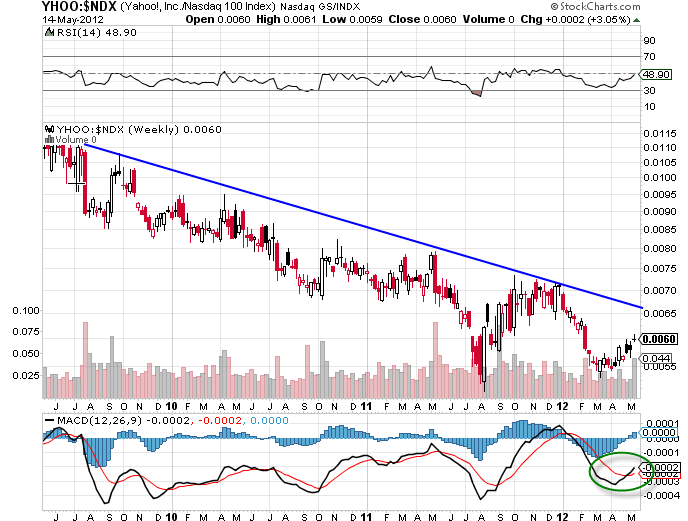A relatively obscure interest rate called the London Interbank Offered Rate, or LIBOR, has been in the news in recent months. You’ve probably read stories about how a handful of global banks manipulated the rate for quick profits at the expense of consumers. News broke just last week that NYSE Euronext (NYX) won a contract to administer LIBOR, replacing the British Bankers’ Association.
LIBOR is the rough equivalent of the U.S. federal funds rate— the basis for the interest rate that banks charge each other for loans. In theory, any given LIBOR rate is the average bank borrowing cost for unsecured funds, based on data supplied by participating lenders and representing market conditions.
Think of it as a daily temperature reading of the money markets. LIBOR affects the price of $300 trillion worth of securities and loans around the world, including a variety of U.S. mortgage products.
Marketplace’s Paddy Hirsch recently posted an excellent Whiteboard discussion on how the LIBOR rate is set:



